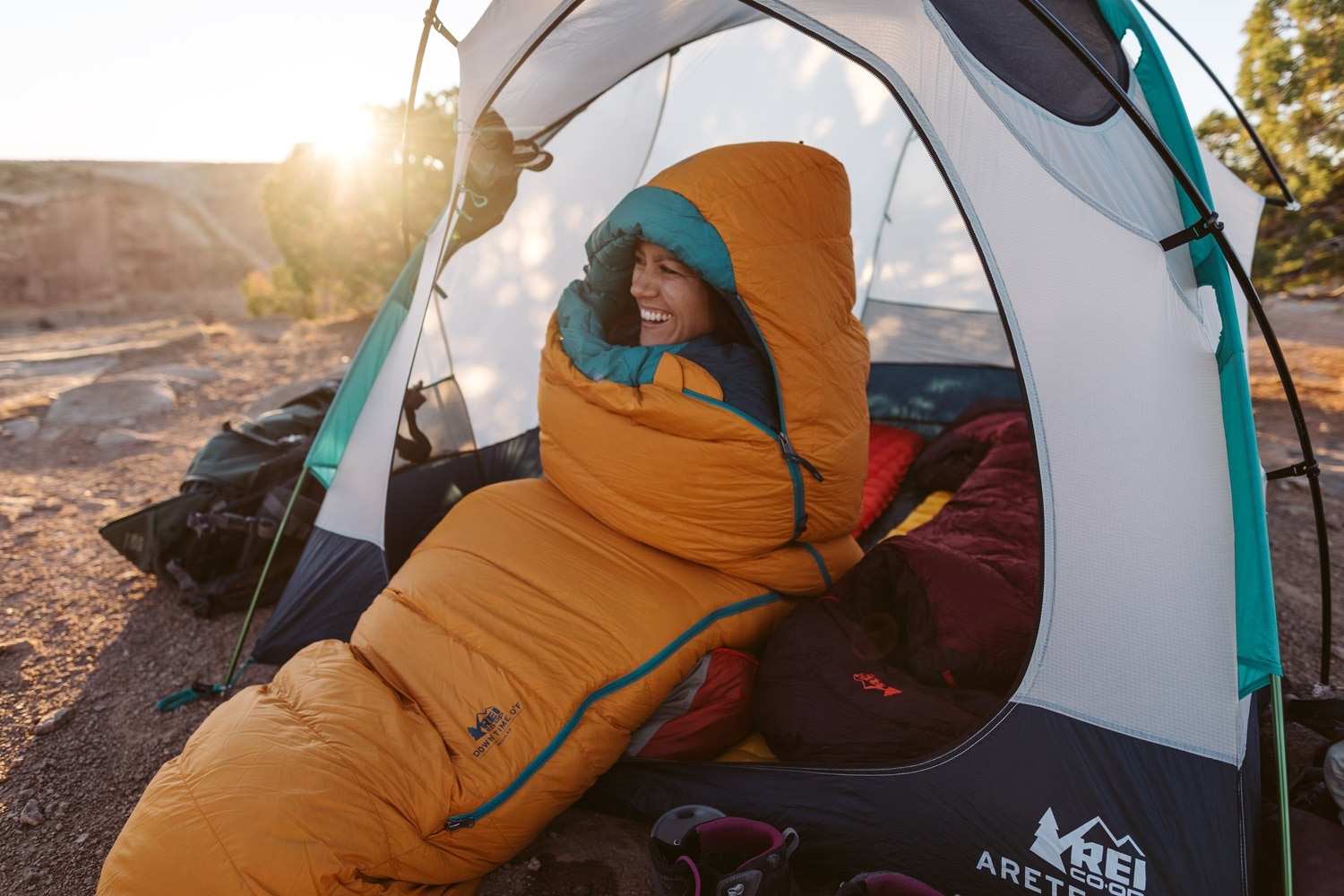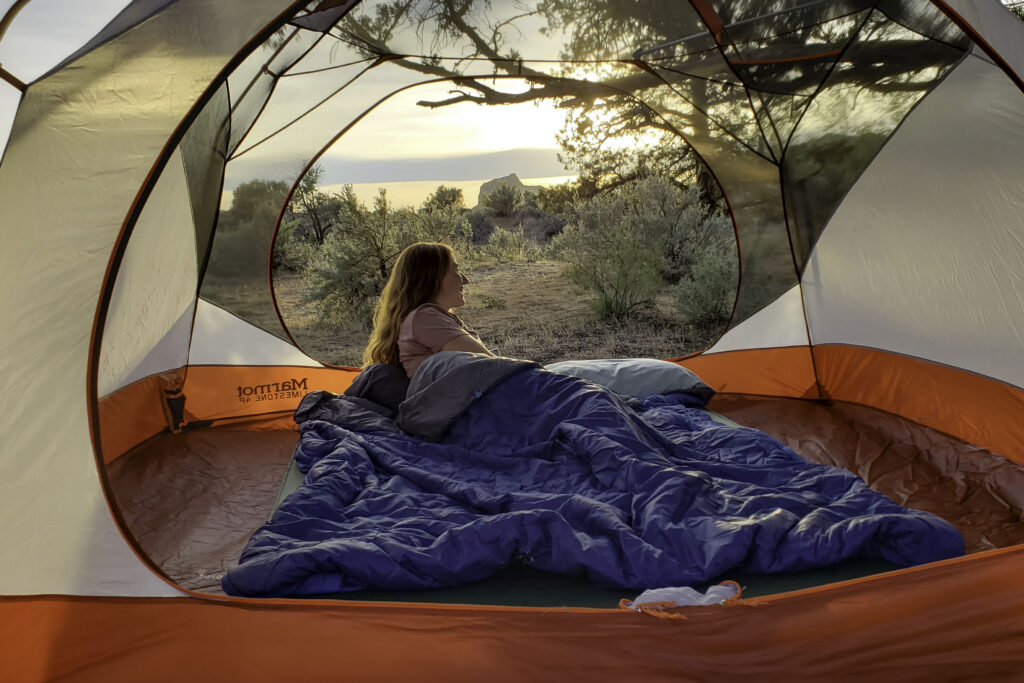Uncategorized
Best Sleeping Bags for a Comfortable Night Under the Stars
A good night’s sleep is essential for enjoying any outdoor adventure, and the right sleeping bag can make all the difference. Whether you’re camping in chilly mountain air or warm summer nights, having a sleeping bag that meets your comfort and weather needs is key. This guide will help you choose the best sleeping bag for your next adventure under the stars.
1. Types of Sleeping Bags
There are three main types of sleeping bags, each suited for different situations.
Rectangular Sleeping Bags
These are roomy and provide more space to move, making them ideal for casual camping trips or warm weather. While they prioritize comfort, they tend to lack insulation for cold conditions.
Mummy Sleeping Bags
Designed for warmth, mummy sleeping bags are tapered at the feet and hug the body closely to minimize heat loss. They’re great for colder weather but may feel restrictive for some campers.
Double Sleeping Bags
Perfect for couples, double sleeping bags are spacious enough for two people. They’re excellent for car camping but are typically heavier and bulkier to transport.

2. Insulation Types
The material used for insulation affects a sleeping bag’s warmth, weight, and durability.
Down Insulation
Made from duck or goose feathers, down offers excellent warmth-to-weight ratio.
Compresses easily for compact packing.
Performs best in dry conditions as it loses insulating power when wet.
Synthetic Insulation
Made from polyester, synthetic insulation is more affordable and retains warmth even when damp.
Dries quickly and is easier to care for.
Bulkier and heavier than down, making it less ideal for backpacking.

3. Temperature Ratings
Sleeping bags come with temperature ratings to indicate the lowest temperature they’re designed to handle. Look for the EN/ISO temperature rating, which includes:
Comfort Rating
The temperature at which the average person can sleep comfortably.
Limit Rating
The lowest temperature at which an experienced camper can sleep without discomfort.
Extreme Rating
The survival temperature, not recommended for regular use.
Choose a sleeping bag with a comfort rating suited to the typical weather of your camping destination.
![8 Most Comfortable Ways To Sleep In A Tent [New Research]](https://topnotchoutdoor.com/wp-content/uploads/2020/06/How-to-sleep-FI.jpg)
4. Shape and Fit
The shape and fit of a sleeping bag can significantly affect comfort and warmth.
Tapered Shapes
Mummy and semi-rectangular sleeping bags offer better heat retention by reducing empty air space.
Roomier Shapes
Rectangular sleeping bags provide more freedom to move, making them ideal for restless sleepers.
Size Options
Ensure your sleeping bag is the right size for your height. Some brands offer extra-long or women-specific designs tailored to different body shapes and sizes.
5. Weight and Packability
For backpackers, a lightweight and compressible sleeping bag is crucial.
Down-filled bags are generally lighter and more packable, making them great for long treks.
Synthetic-filled bags, while heavier, are often more affordable and durable for casual campers.
If you’re car camping, weight and size are less critical, so you can prioritize comfort and warmth.
6. Additional Features
Modern sleeping bags come with features to enhance convenience and usability.
Zipper Options
Look for sleeping bags with two-way zippers for easy ventilation and the option to join two bags together.
Hood Design
A snug hood adds warmth by protecting your head and neck in colder weather.
Draft Collars and Tubes
These prevent cold air from entering through the zipper or top opening.
Internal Pockets
Handy for keeping small essentials like a phone or flashlight close at hand.
7. Best Sleeping Bags for Different Adventures
For backpacking, opt for lightweight, compact mummy bags with a down fill for excellent warmth and packability.
For car camping, go for spacious rectangular or double bags with synthetic insulation for durability and comfort.
For winter camping, invest in a high-quality four-season sleeping bag with down insulation and a low temperature rating to stay warm in freezing conditions.
For kids, choose child-specific sleeping bags with fun designs and proper sizing to keep young campers cozy and excited for the trip.
8. Caring for Your Sleeping Bag
Proper care extends the life and performance of your sleeping bag.
Cleaning
Follow the manufacturer’s instructions for cleaning. Most synthetic bags can be machine-washed, while down bags require special care.
Storage
Store your sleeping bag in a loose, breathable sack rather than compressed to maintain insulation.
Repairs
Patch any small tears promptly to prevent further damage and maintain warmth.
Conclusion
Finding the best sleeping bag for your camping needs involves considering the type, insulation, temperature rating, shape, and weight. By selecting a bag tailored to your adventures, you can ensure a cozy and comfortable night under the stars, no matter where your journey takes you.
With the right sleeping bag, the great outdoors becomes a home away from home. Happy camping!

